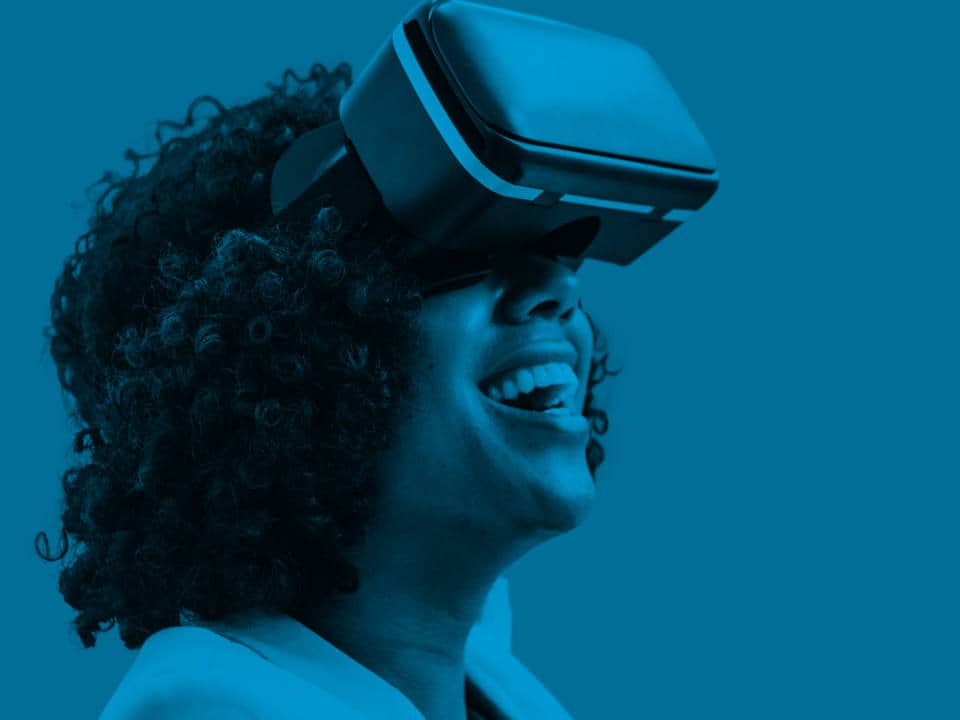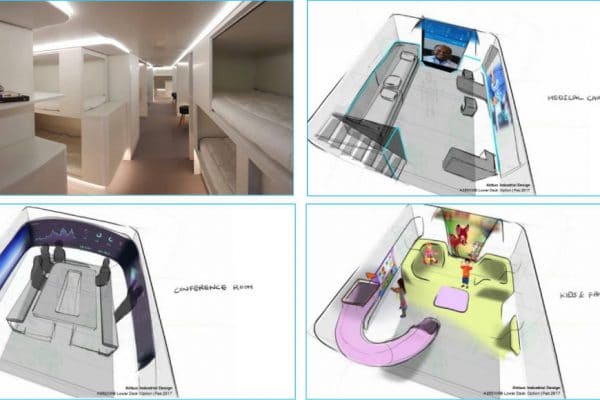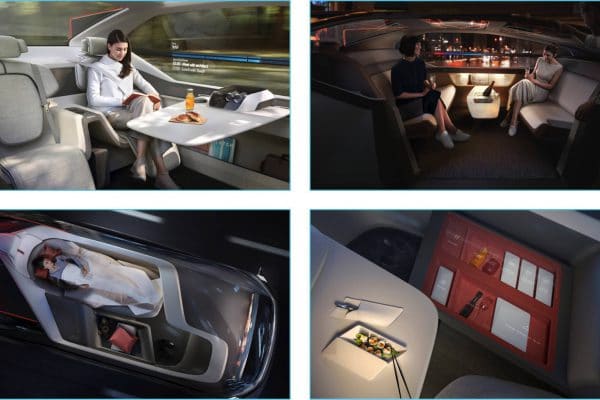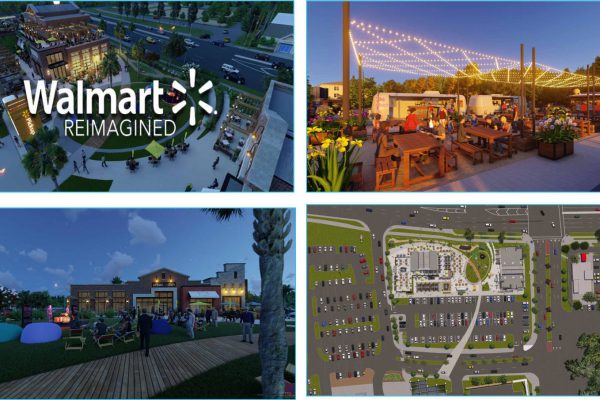Human Centric Development: the great rethink for airport innovation

We have entered the Me First age and somehow current business models and customer journey solutions are falling short to come up with new answers for new consumer demands.
Business development, marketing strategies and innovation programmes that looked fine last month now run the risk of falling short next week.
We need to adopt another way of looking at consumers and the undeniable truth is that we have to look at them as… human beings. Human beings that are part of “NOW” generation.
If we want to provide the strategies and innovations to stay ahead in the future we’ll have to make Human Centric thinking our own.
The Human Centric approach
In a human centric approach, companies and their leaders ask themselves questions from a human perspective. Not in the way they would look at them in terms of marketing goals, but in terms of human needs.
Not: what can we invent to make them buy more? But: what can we invent to please them more?
There is change in the air in that respect. For instance, in the airport industry, there is a growing sense of urgency to look beyond a focus on traditional product and service categories.
The awareness to apply a Human Centric approach to pioneer innovations in business processes, distribution, value chains, business models, and even the functions of management is firmly taking hold of many boardrooms now.
A new driver for more industries
Recently we have found several appealing case studies that underpin the Human Centric approach as a more productive driver for business development and innovation. Not just in the airport industry, but also in retail and the car industry.
Australian airline Qantas, French airplane builder Airbus, Swedish carmaker Volvo and American retail giant Walmart are using the new approach to find new answers for a new future.
They have already succeeded in providing those as well, which are beyond incremental change and have developed it into truly innovative new concepts.
The common ground between these different companies is that their new concepts would probably not have been realised by way of the current take on markets, consumer behaviour, products and services.
Let’s have a closer look at some examples.
Airlines: Qantas
In general, airlines do understand that being cooped up in economy class is not the most desirable place to be for any human being. Travellers flying cheaply with budget airlines know what to expect; they are prepared to put up with the few inches of space they get. But even so, they won’t call it a fun experience.
For the long haul passengers an economy seat with quality airlines is already a step up. But will it still feel like that during a 22 hour flight? Is just a seat on such a near endless plane trip enough to offer a human being?
This question has been a key driver for Qantas as it aims to fly non-stop from Australia’s eastern capitals to London and New York by 2022. And from that came many more questions and thoughts that Quantas saw fit to put to some 12.000 frequent flyers.
"What sounds unconventional today may well become tomorrow's new norm."
Faced with the prospect of more than 20 hours on a plane, what would your ideal experience be? Would you like an on-board exercise zone? A lounge bar that even economy passengers can access? How about a crèche to take care of small children?
These are among the concepts Qantas has started talking about for their long haul planes, with CEO Alan Joyce flagging the possibility of converting parts of the cargo hold into bunk beds.

Converting a number of lavatories into more spacious “change and refresh” stations (weight limitations would likely prevent carrying enough water for showers) is also a concept that is thought about as a serious option. In fact, Airbus has already been creating designs for this.
“What sounds unconventional today may well become tomorrow’s new norm,” said Qantas’ head of customer strategy and product development, Phil Capps in an article in ‘Traveller’.
In some way it is ironic that pure human needs are again the starting point for innovation. After that we have started calling it marketing and have been losing sight of what human beings really are. But never mind that: if this is the way to move forward and deliver a far better customer experience, than it is best to make it standard practice for thinking about business development.
Car industry: Volvo
Why fly when you can be driven? Good question and in this case one of the human centric drivers for Volvo to work on a self-driving car project. Volvo’s human-centric vision on “air-travel” involves creating a concept car that might one day eliminate the need for short-distance domestic airline flights.
“People becoming less reliant on proximity to cities is just one example of the impact of removing the burden of unproductive travel time”
Imagine you have an early morning meeting in a neighbouring city. You have two options to get there – a short-hop flight from your local airport, or a fully autonomous pure electric travel solution that can deliver you directly to your meeting place?
So you’re having avoided check-in, queuing, flight delays, security checks and everything else that is part of air travel. Which would you choose? As a question this now features on their website, showing the Volvo Cars 360c is a self-driving vehicle alternative to domestic flights of around 200 miles or less.

The 360c offers amenities that rival a first class seat within a personal space. This would make it into what would now be a chauffeur driven limo, you could say. As such it would be a feasible concept for business people with a desire to spend their time more efficiently, more comfortable and without unnecessary hassle.
Retail: Walmart
In an earlier 2016 article we have established the concept that “Eating is the new shopping”.
Over the last years many retailers and real-estate developers have been replacing retail outlets with food & beverage opportunities. Key driver behind this change is the consumer behaviour that is seeing retail more and more as a leisure destination than just a shopping channel.
"As the world becomes more digital, it will be the humanity of Walmart that differentiates us and wins with customers."
At Walmart they didn’t just notice it, they acted on that undeniable change of heart within consumers. They started looking at their own Walmart centers through their own human eyes, wondering what they themselves would want more, less or different from their shopping experience.
Their particular Human Centric approach led them to the conclusion they needed to develop a new vision on shopping as such. In its new vision of the future Walmart has come up with complete reimagination of the shopping experience.

The new Walmart experience focuses on open green spaces, food, beverage & entertainment, mobility, entertainment and welness all in one location. Shopping as a lifestyle experience, indeed you could say that they are treating their customers like kings.
The future is human
Some would point out that Human Centric is very much like the well-known ‘Customer Centric’ approach. It is not, as it goes a lot deeper that that.
Customer Centric thinking means focusing on the needs and expectations of customers as customers. Human Centric thinking starts with looking at consumers as human beings.
Human Centric thinking is not confined to the commercial customer journey, the process of marketing and buying. It dives deeper into the psyche of the human beings we are, delving deeper in what we really love in life, what we cherish and what makes us comfortable and happy.
We are human beings first, consumers after. People themselves have started to rediscover that. It’s one of the reasons why they have started to get interested so much more in the true meaning that businesses, brands, products and services bring into their lives.
These case studies all show that a key driver is the true human behaviour. They all focus on addressing key human needs and coming up with truly meaningful answers.
In the process on achieving a human solution these companies do not shy away from radically rethinking their current business, its dynamics, its drivers and solutions. In short: creating experiences, propelling business.















